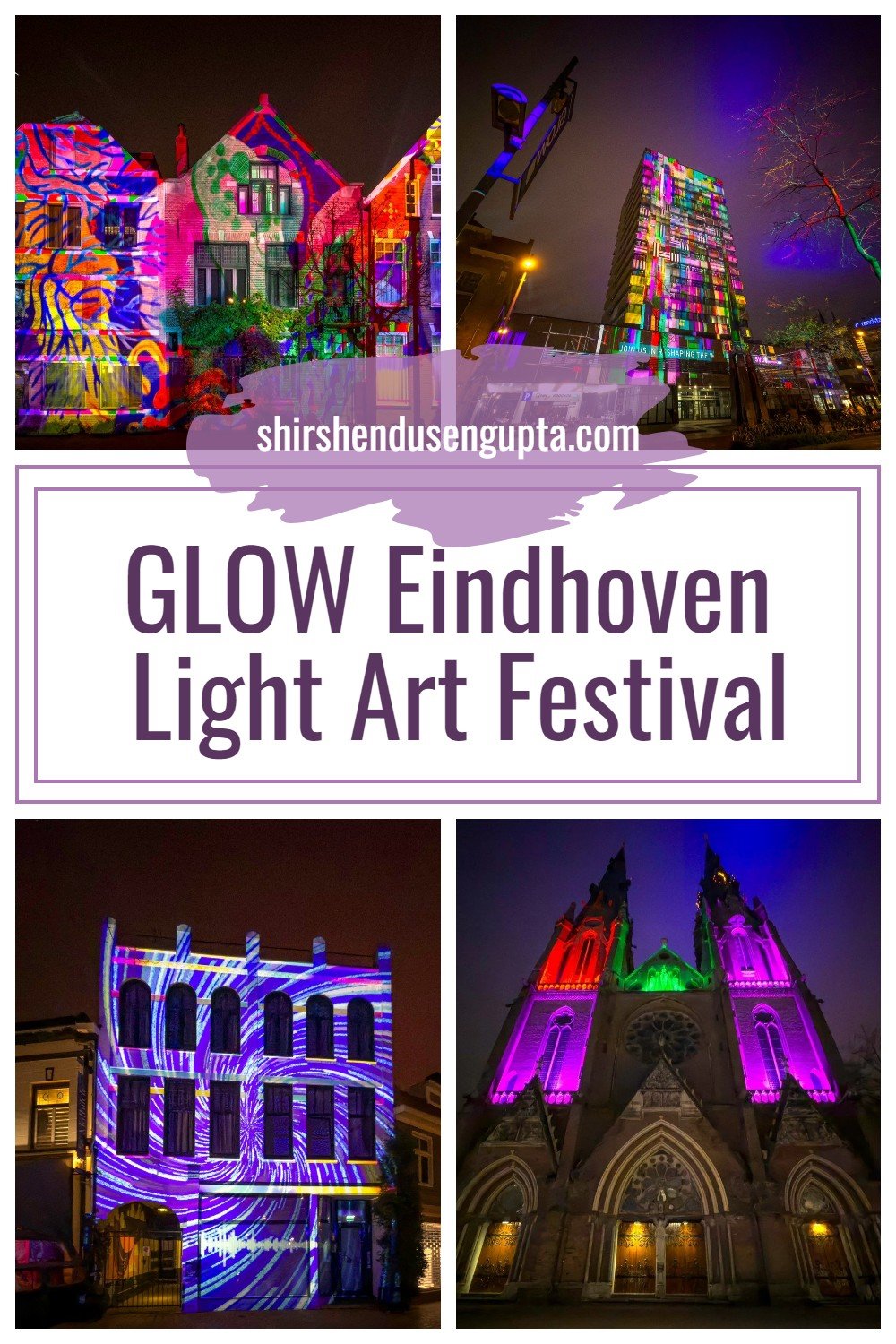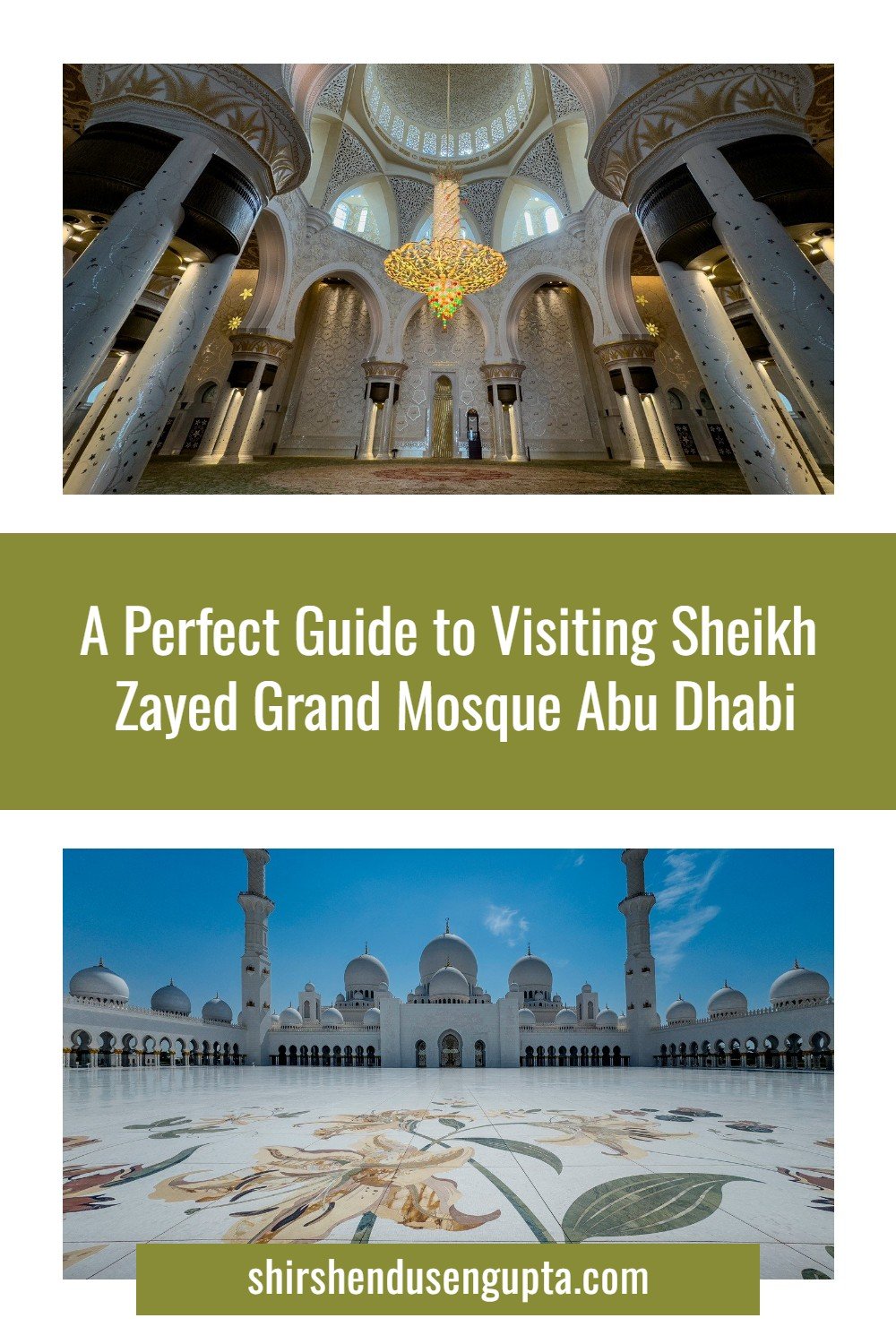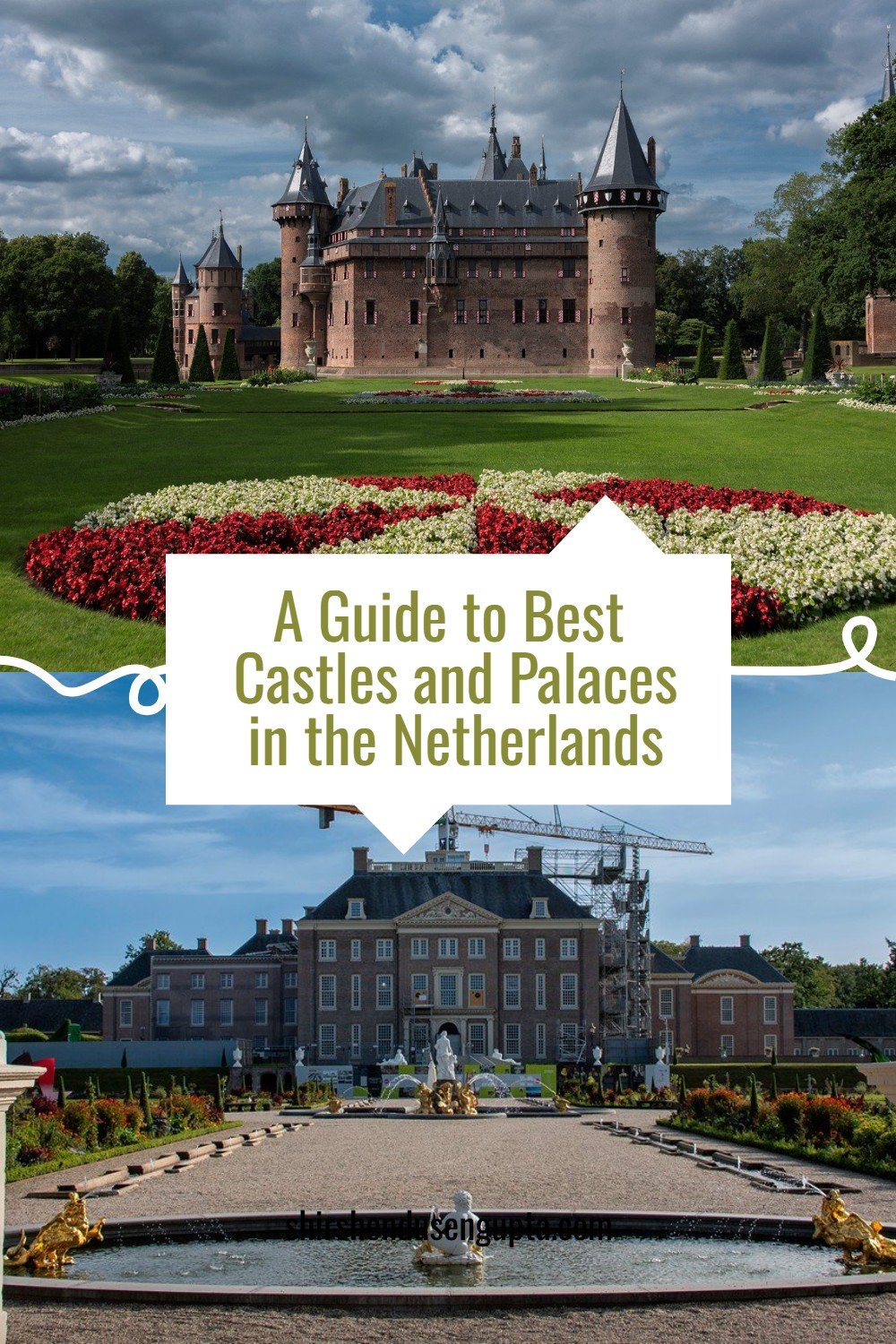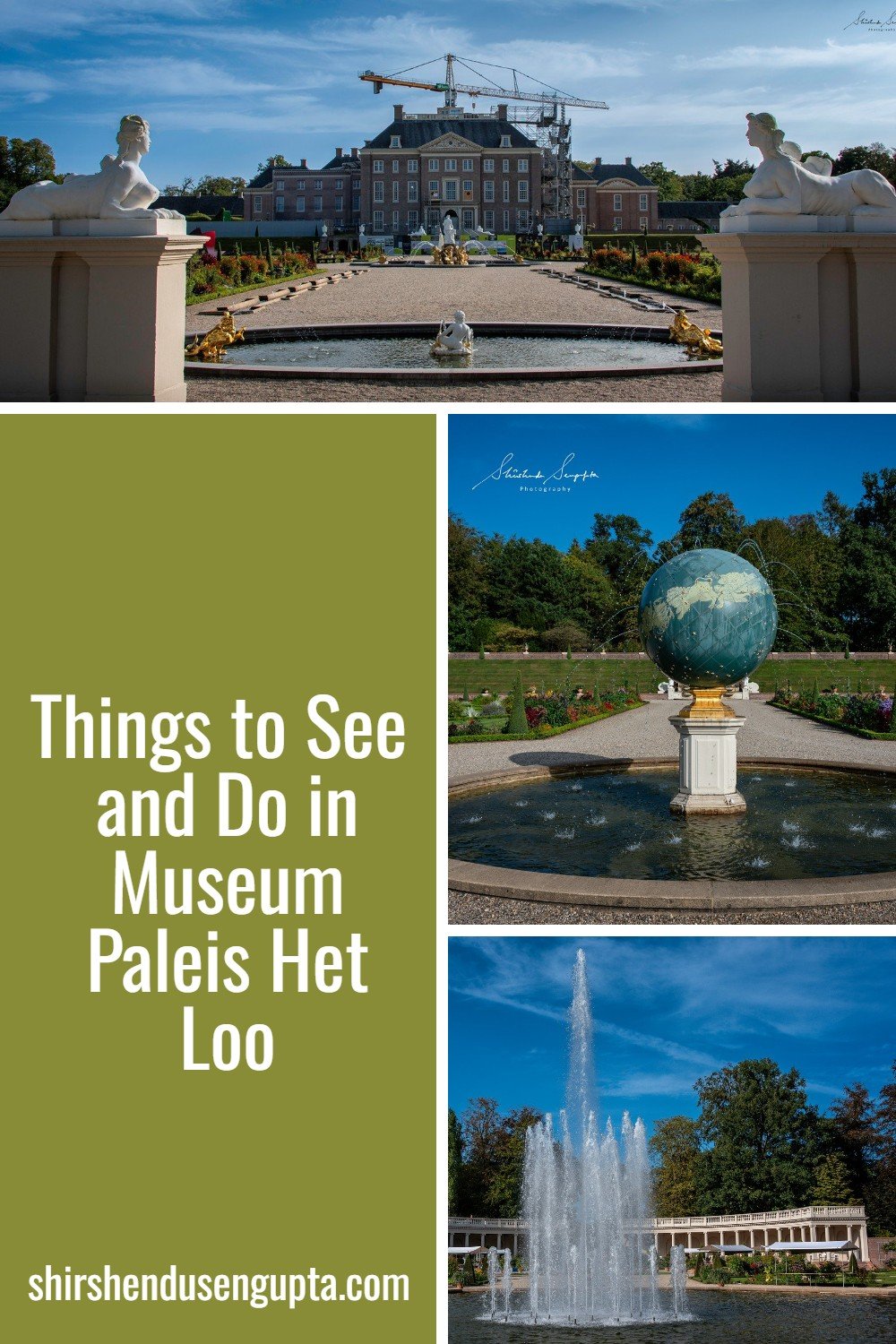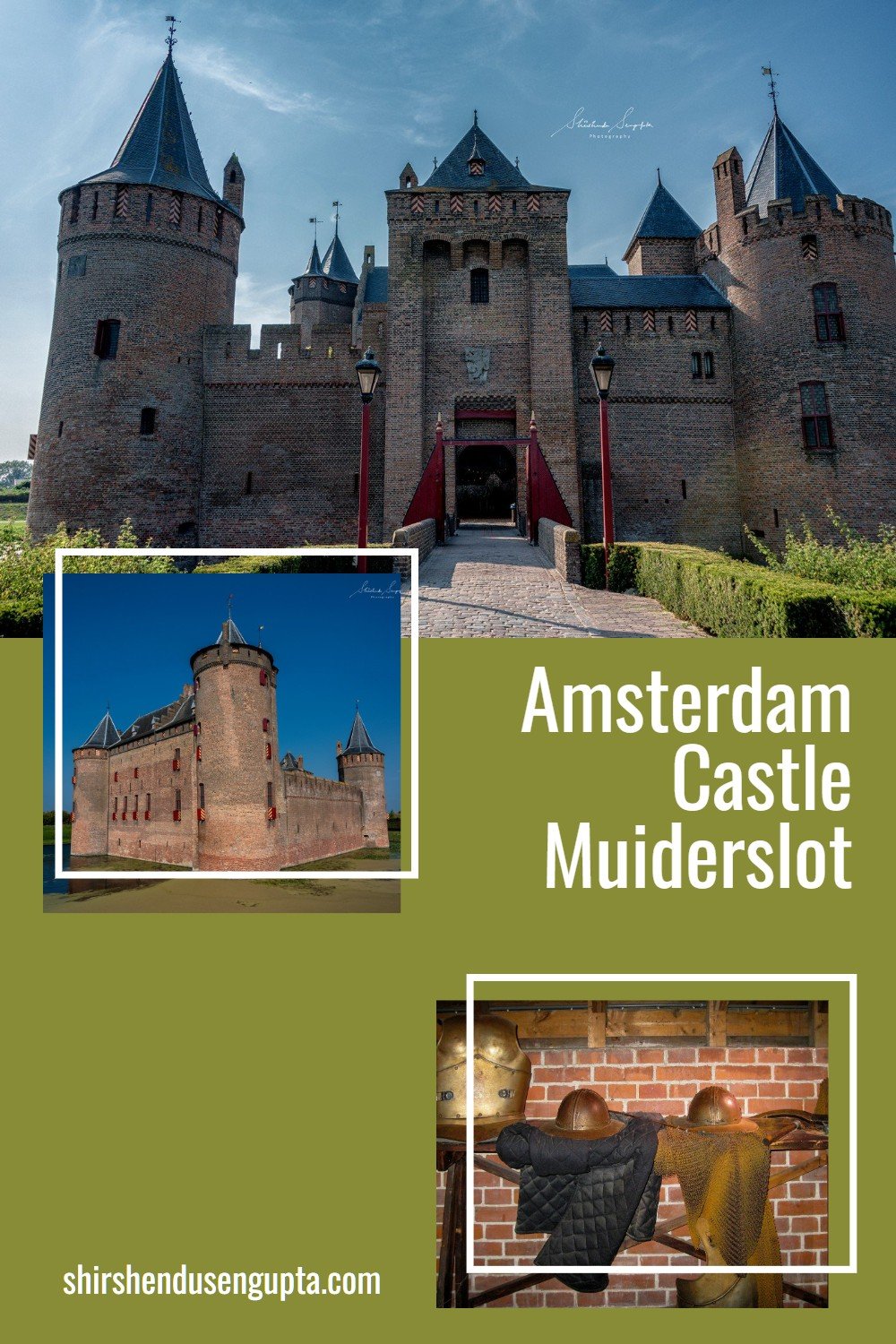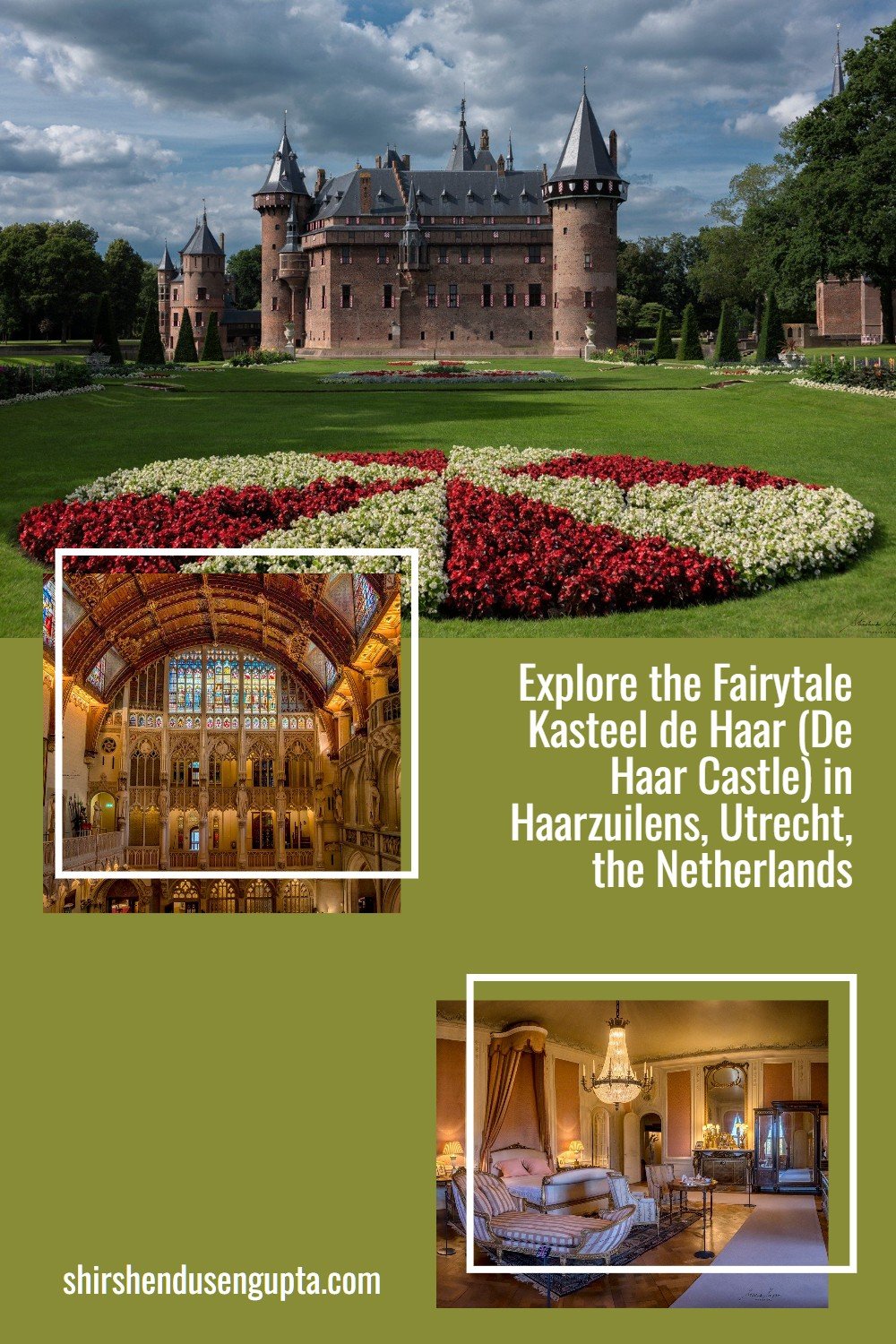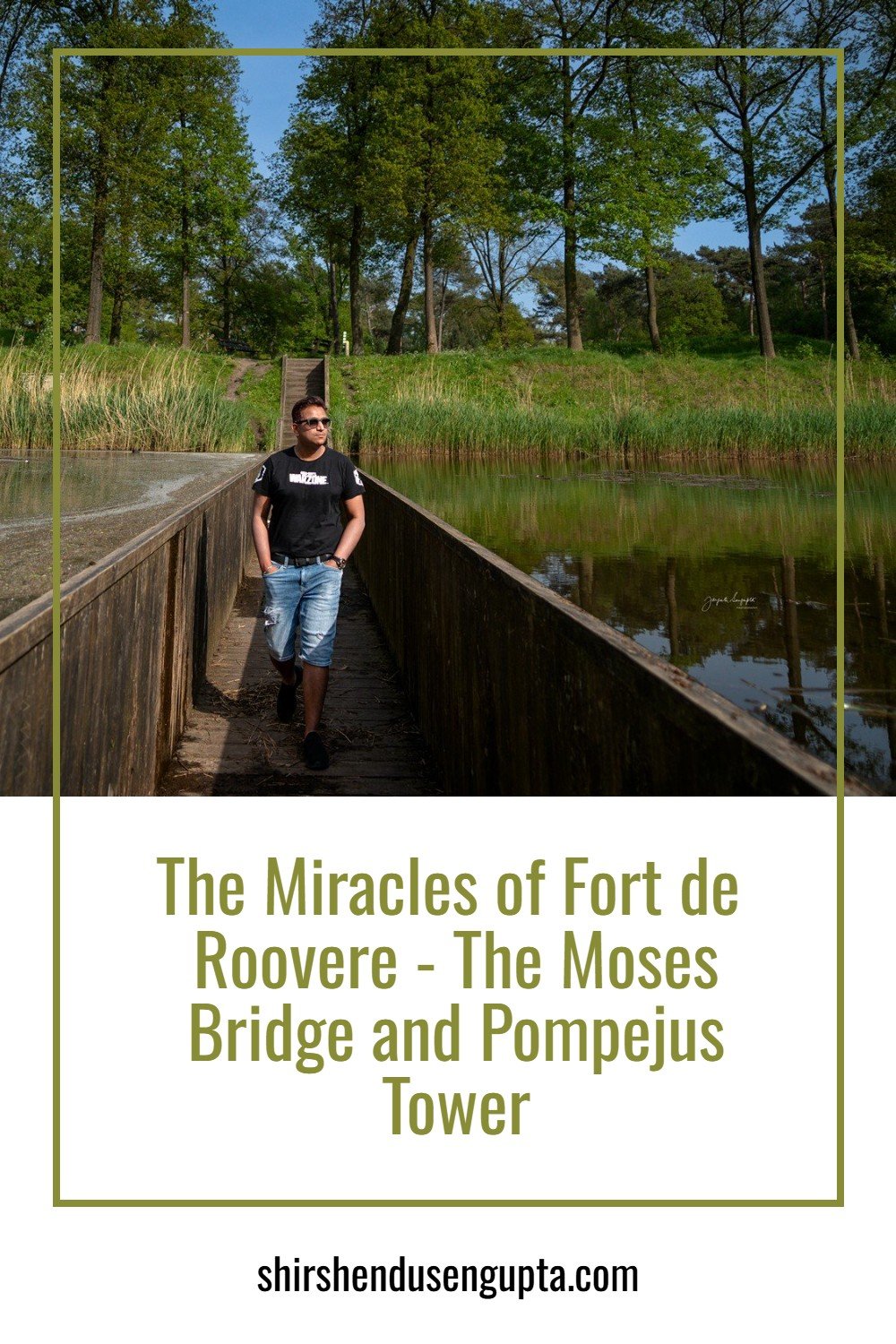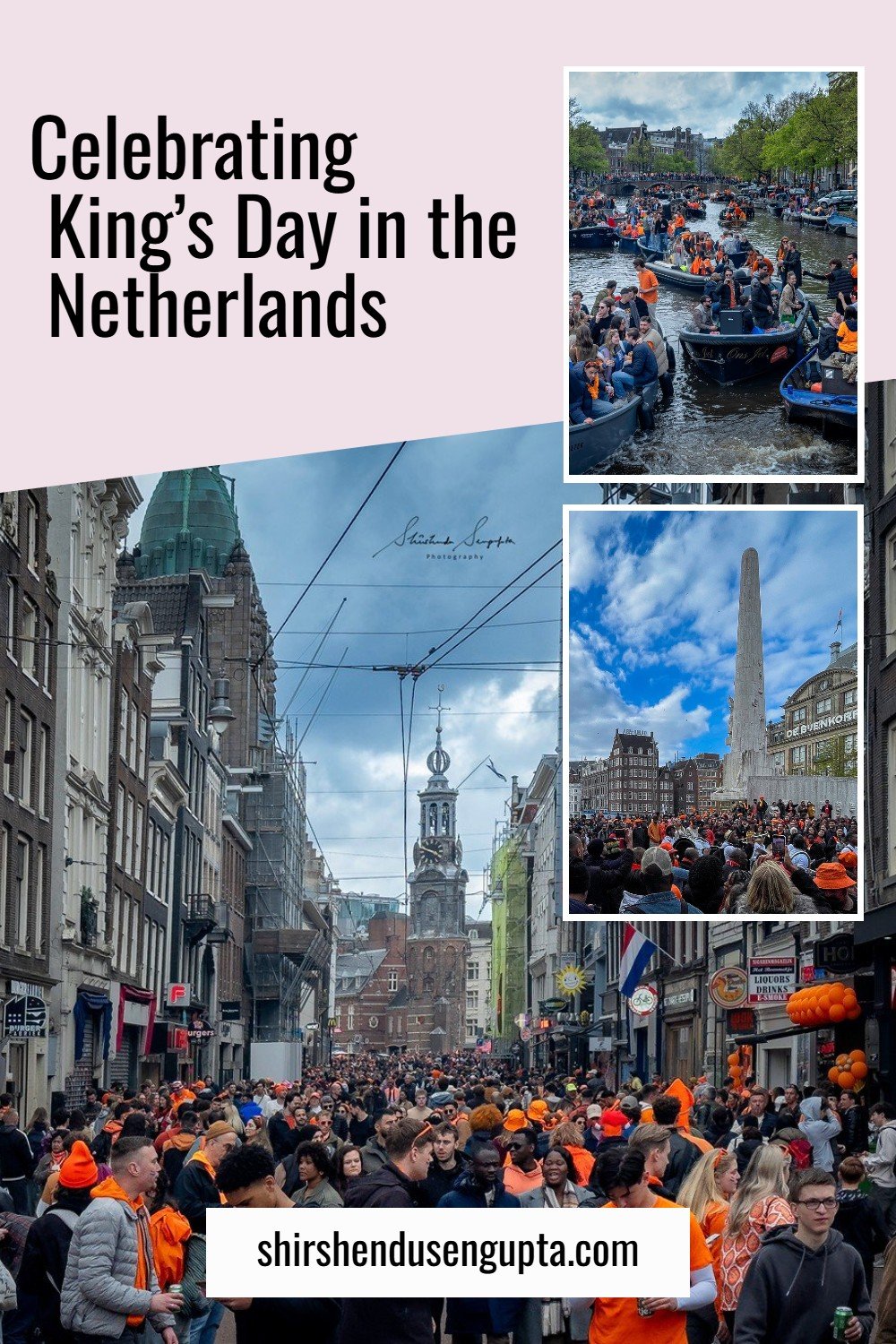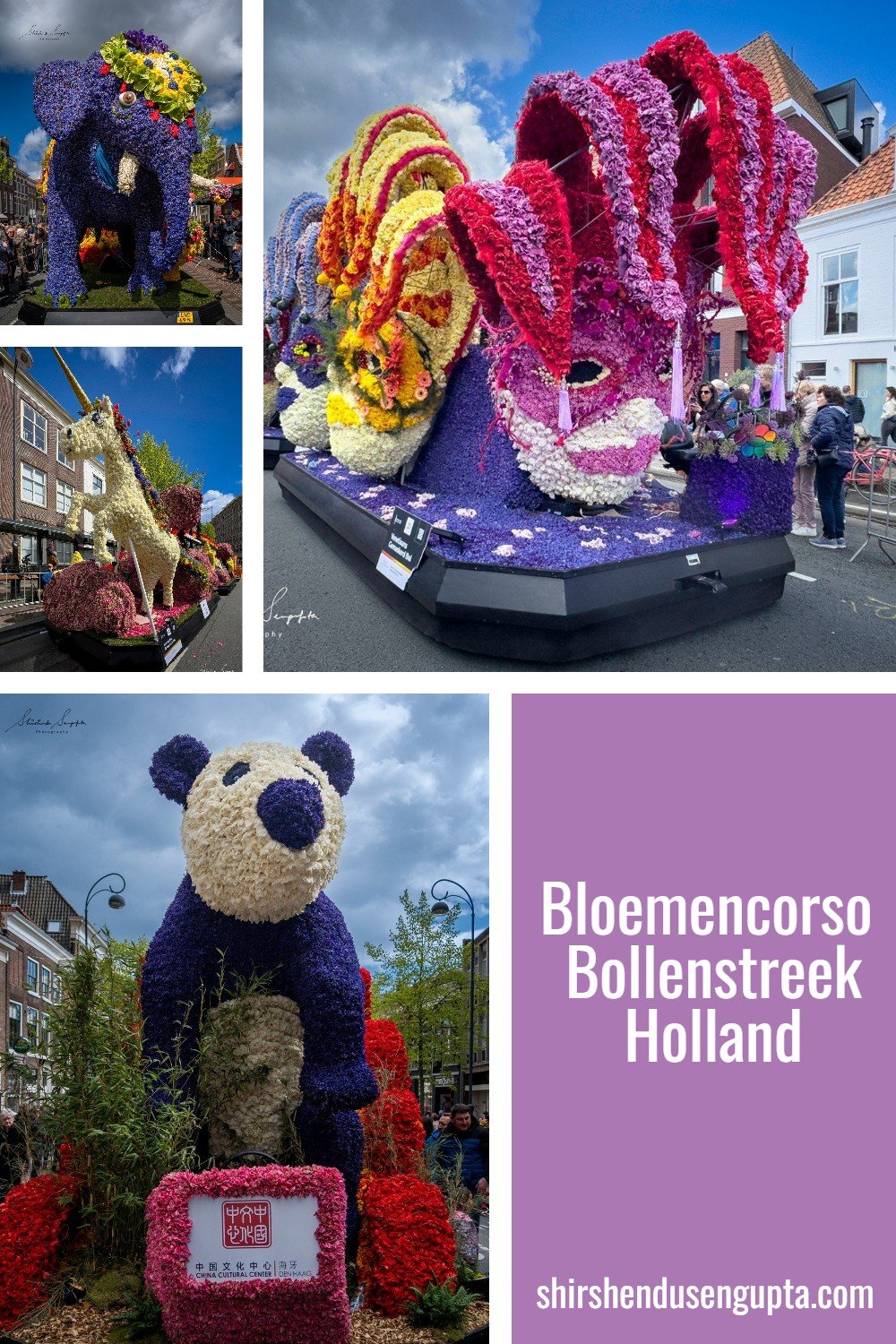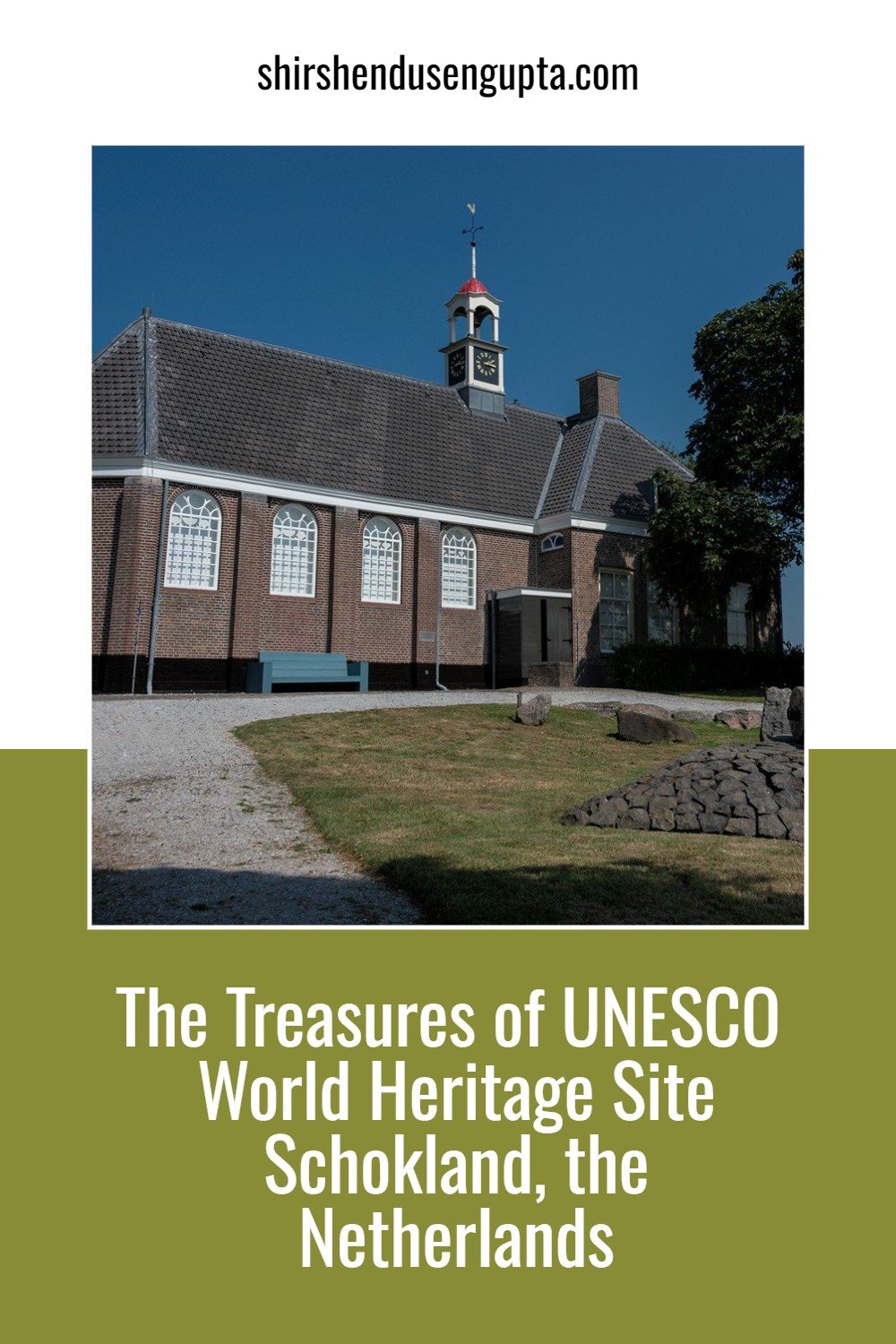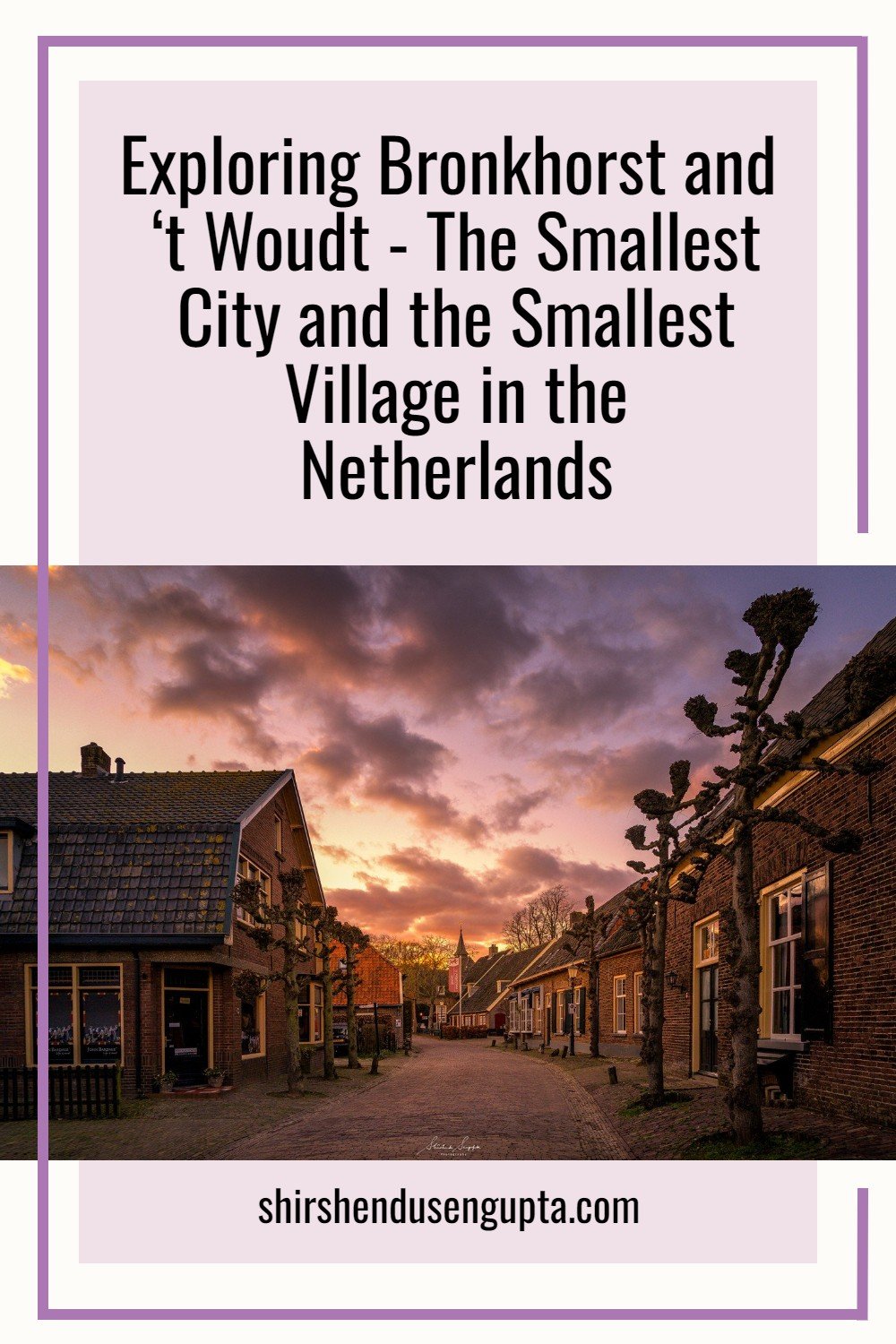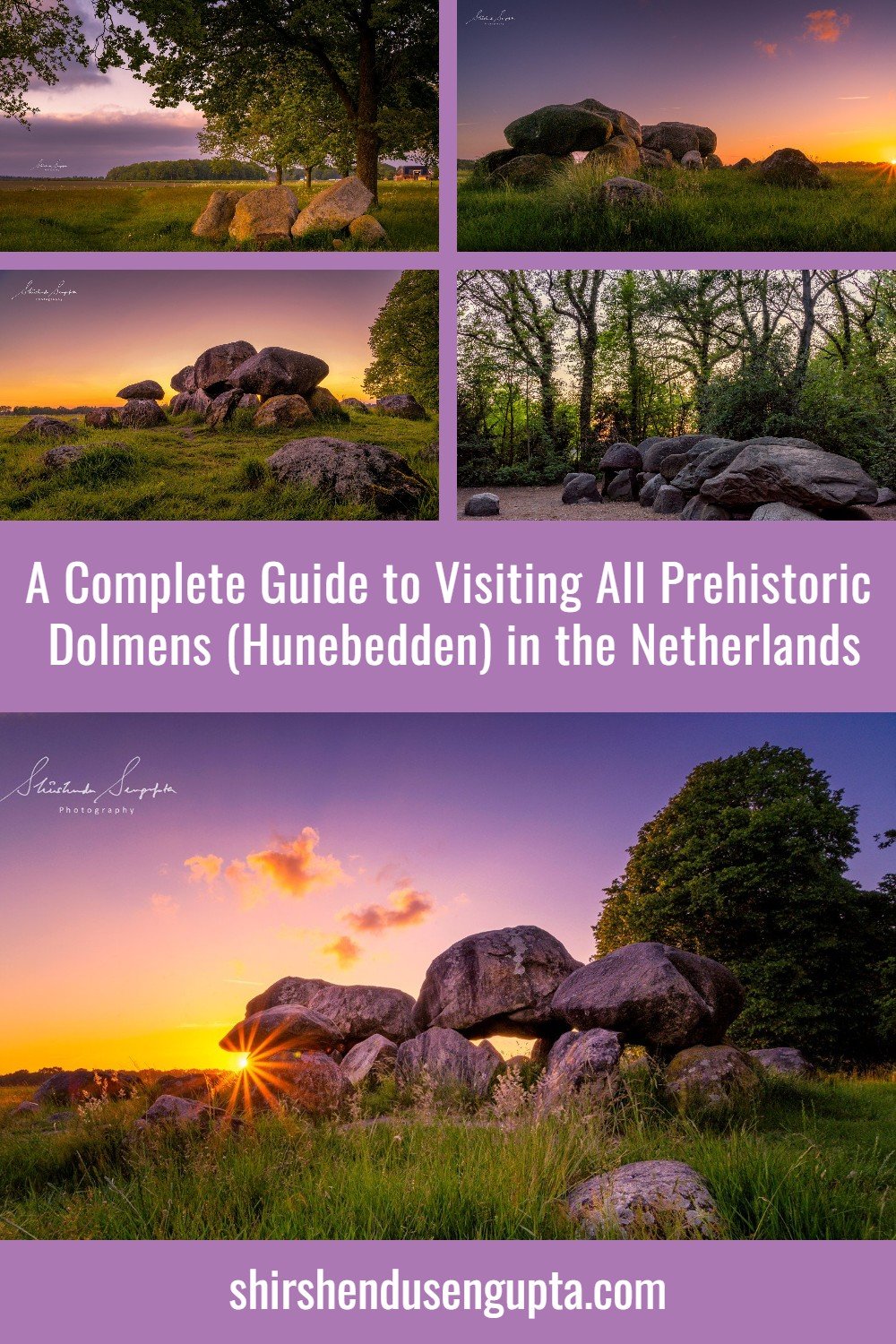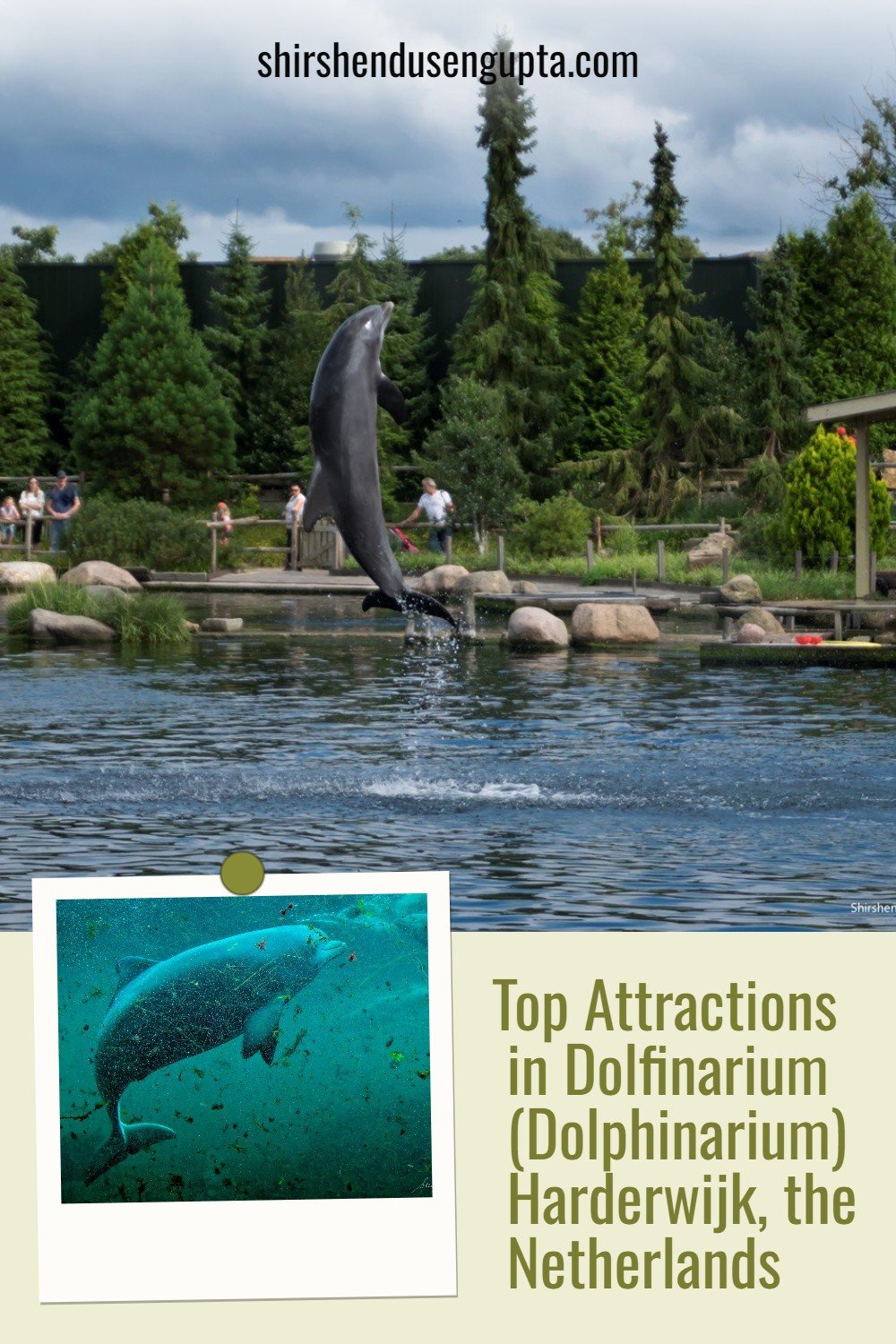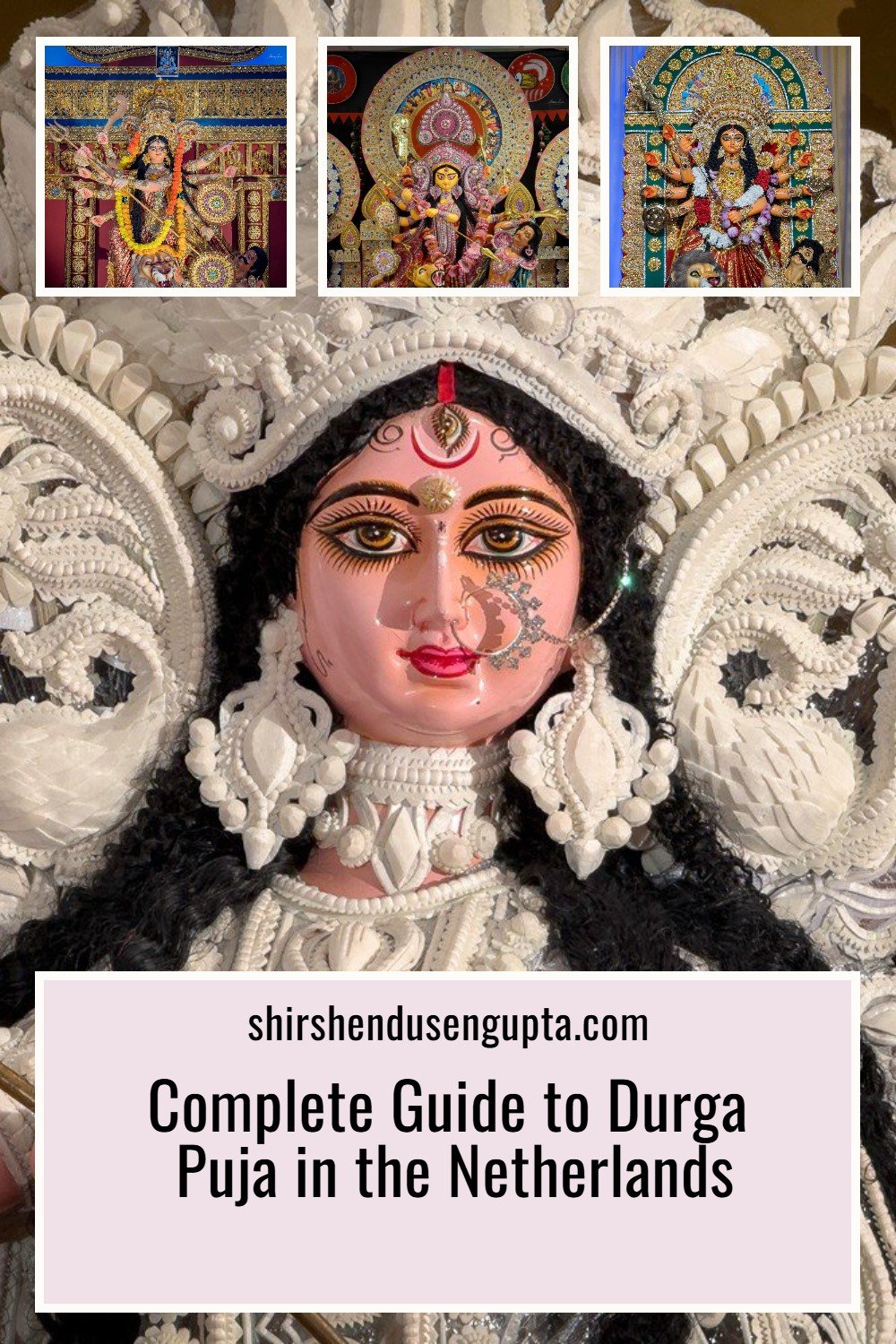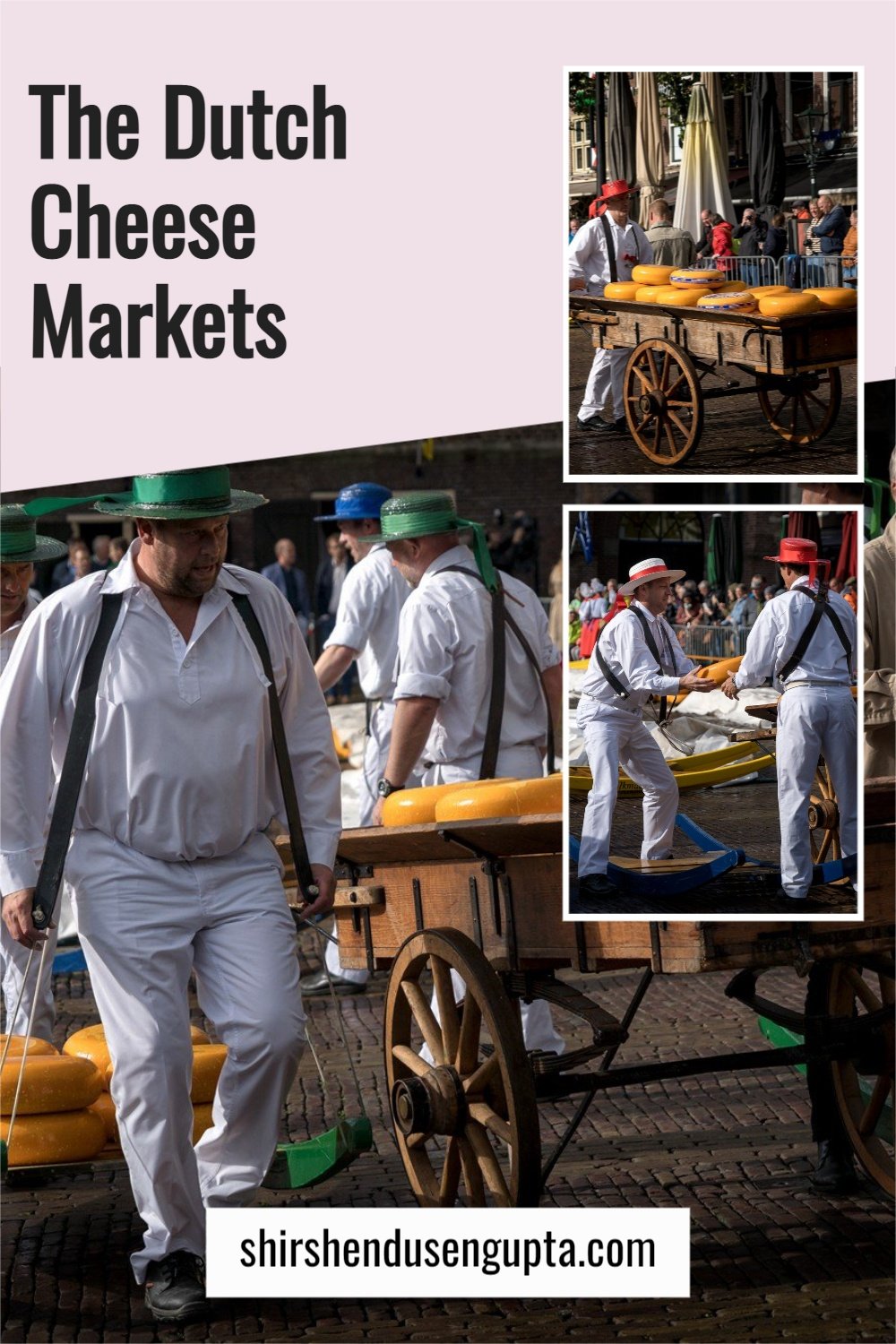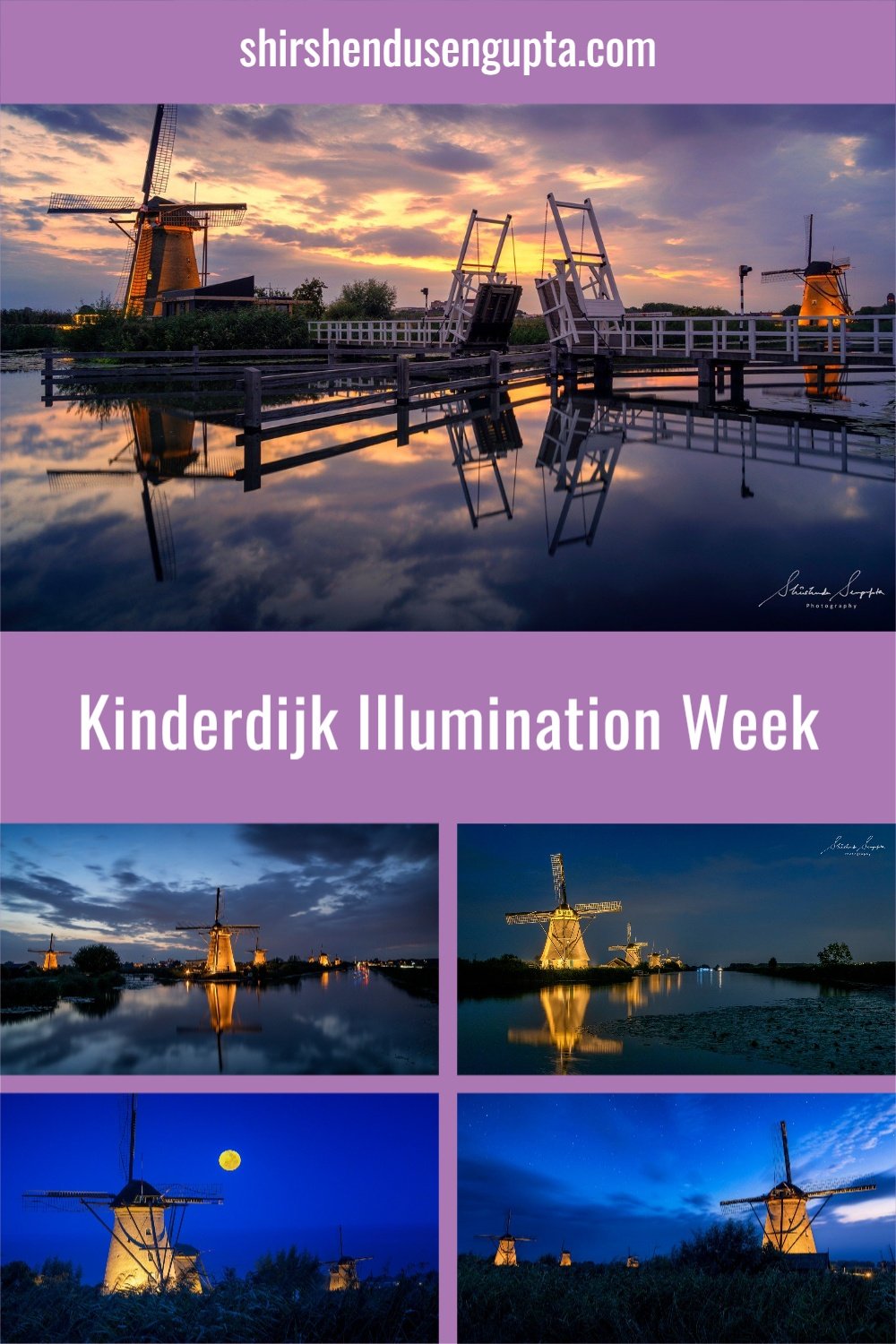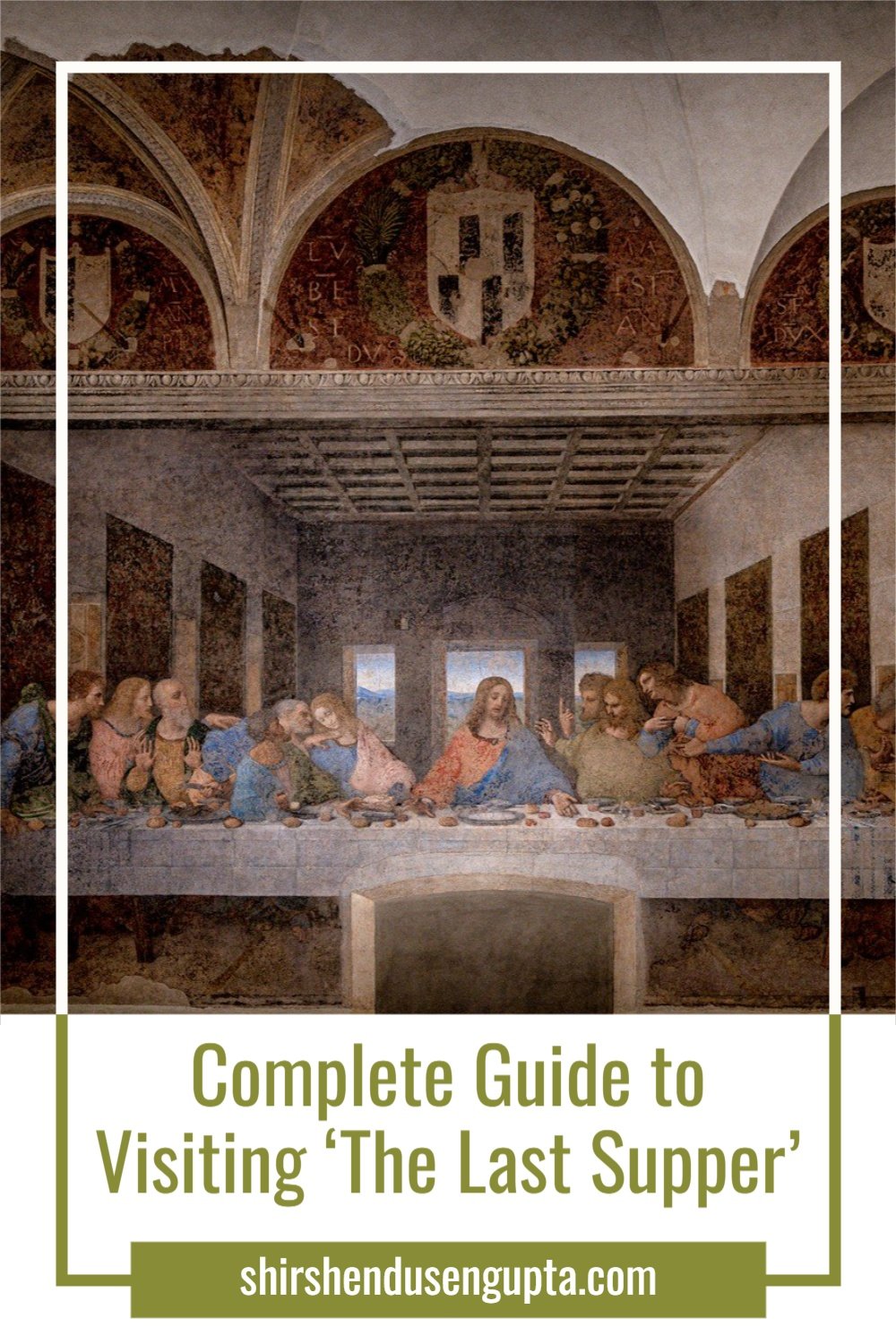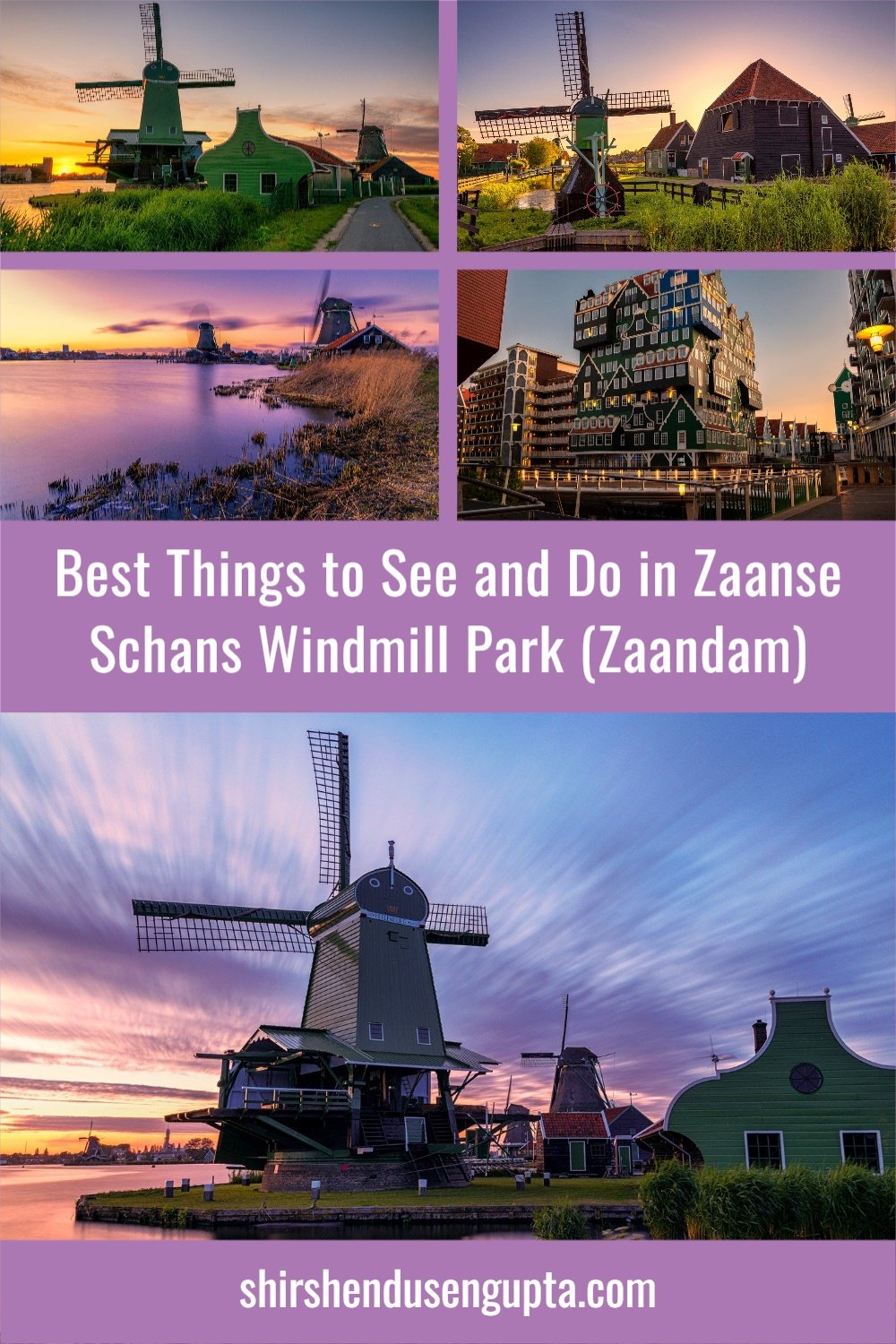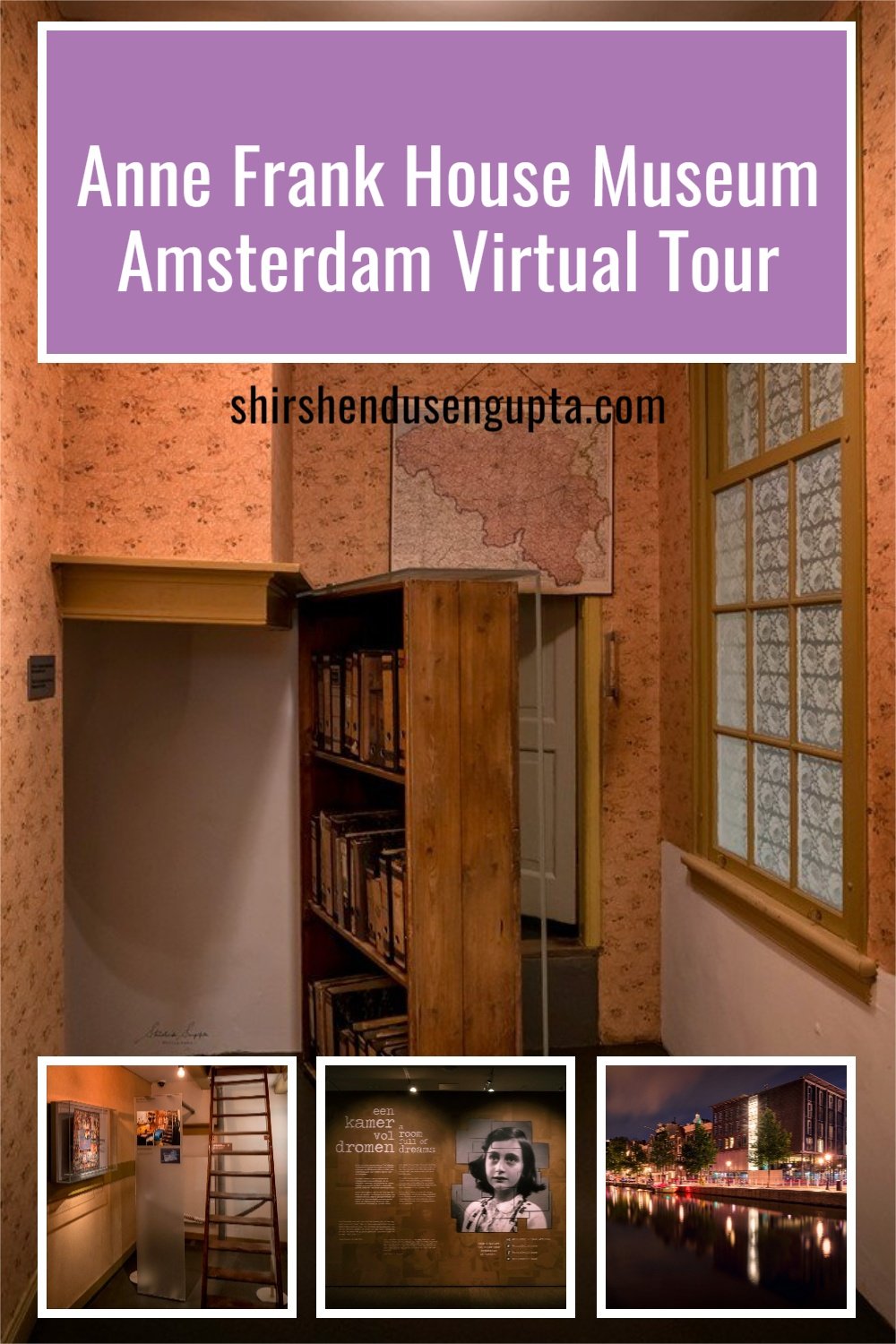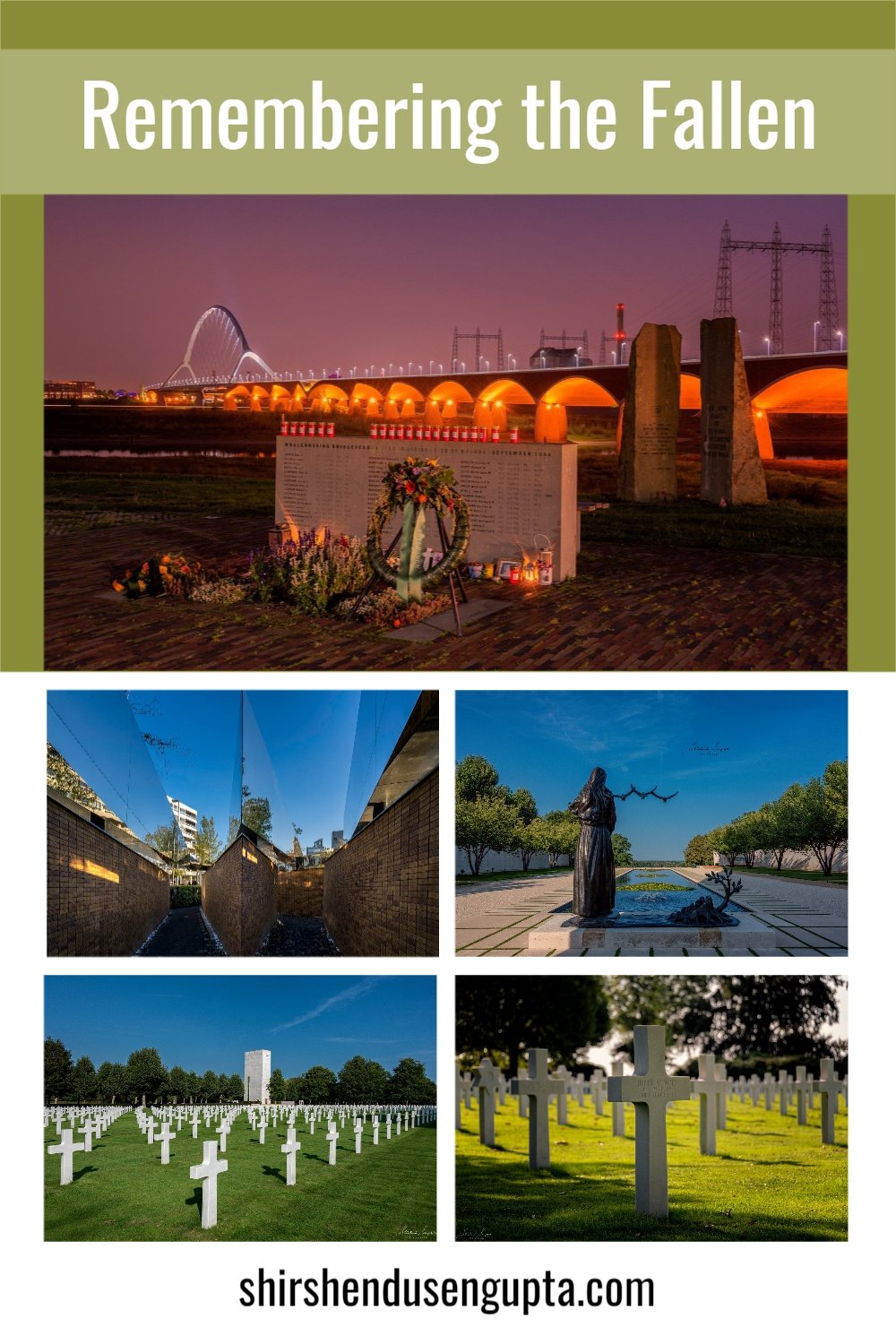A Guide to 9 Best Castles and Palaces in the Netherlands | Top 9 Most Beautiful Castles and Palaces in the Netherlands to Visit
The Dutch Castles and Palaces
A vast ocean of endless tulip fields, medieval windmills, charming canals, modern bicycle lanes, and postcard-perfect countryside - these are the images that appear in our minds when we think of the Netherlands. However, we tend to forget that the Netherlands also has its fair share of castles and palaces thanks to the royal families and nobilities who shaped the rich history of the country over the ages. Many of these were built during the medieval times either as defensive structures or luxury residences. Over the years, the purpose of these castles and palaces has changed, and today, they’ve turned into government offices, museums, and tourist attractions, where visitors come to admire the architecture, art collections, and gardens.
The architectural styles of Dutch castles and palaces vary based on the era in which they were constructed. There are Gothic-inspired medieval castles, symmetrical Renaissance castles, or more elegant Baroque and Neoclassical palaces. Dutch architectural movements like the Dutch Renaissance and the 18th-century Classicist style frequently have an influence as well. Today I’m going to take you along with me on a ride across the 9 best castles and palaces in the Netherlands. Let the journey begin!
9 Most Impressive Castles and Palaces in the Netherlands
1. Kasteel de Haar, Utrecht
If Gregory Peck got lost trying to find the bathroom just next to his bedroom on his first visit to Kasteel de Haar in 1960, you know there must be something special about this castle. To be honest, most apartments in central Amsterdam are smaller than the average bathroom in this medieval castle. And with ornate furnishings across the rooms, corridors, and baths, it’s easy to imagine that it may have been quite tedious for him to find the switch of the light, especially in the dark!
Kasteel de Haar is the largest and most luxurious castle in the Netherlands and a visit should be on everyone's wish list for that reason alone. It’s 135-acre estate houses lush gardens, charming ponds, canals, a chapel, a hedge maze, and a large number of deer. The neo-Gothic castle itself would not appear out of place on a fantasy book cover. It comprises towers, moats, gates, drawbridges, some 200 rooms, and in case you were wondering, 30 baths.
To know more about Kasteel de Haar and how to visit it, please read our article Explore the Fairytale Kasteel de Haar (De Haar Castle) in Haarzuilens, Utrecht | Day Trip from Amsterdam to the Largest Castle in the Netherlands.
2. Paleis Het Loo, Apeldoorn
At first glimpse, the Dutch royal family’s Versailles-like handsome baroque summer palace of ‘Het Loo’ (meaning “clearing in the woods”) seems just as it was when it was built during the 17th century in the middle of the woodlands of Apeldoorn, in the province of Gelderland in the Netherlands. But 10 meters underneath the courtyard, an injection of engineering expertise spanning 5,000 square meters and costing €171m has created an extraordinary underground Spanish Macael marble museum that showcases the history of the House of Orange. A part of European history has passed through its rooms, from Louis Napoléon, appointed as king in the 19th century by his brother Napoleon Bonaparte, then Emperor of France, to the German troops stationed there during World War II. Today, Paleis Het Loo is the largest, authentic 17th-century palace of the House of Orange-Nassau.
To know more about Paleis Het Loo and how to visit it, please read our article 12 Things to See and Do in Museum Paleis Het Loo | All You Need to Know Before Visiting Het Loo Palace, Apeldoorn, the Netherlands.
3. Muiderslot, Muiden
Muiderslot (or Muiden Castle) is the Netherlands's oldest and best-preserved medieval castle. One of the most well-known castles in the Netherlands, it has appeared in numerous Middle Ages-themed television programs. Situated at the mouth of the Vecht River in Muiden, where it flows into the IJsselmeer Lake that used to be the Zuiderzee, the castle has a lengthy and stormy history. It was completed in 1285 by Count Floris V. The eminent author, poet, and historian PC Hooft resided there in the 17th century. It’s a fantastic place to spend a day with your family exploring the castle and the surrounding grounds that host a restored plum orchard, vegetable, and herb garden!
To know more about Muiderslot and how to visit it, please read our article Rijksmuseum Kasteel Muiderslot | Amsterdam Castle Muiderslot | Muiden Castle, the Netherlands.
4. Binnenhof (Dutch Parliament) Castle Complex, Den Haag
The Binnenhof (Inner Court) is a castle complex in the city center of Den Haag (The Hague), situated across the Hofvijver (Court Lake). It is the seat of the office of the Prime Minister of the Netherlands, the Ministry of General Affairs, and both houses of the States General of the Netherlands (Dutch Parliament) namely - the House of Representatives (also called ‘Tweede Kamer’ in Dutch meaning ‘Second Room’ which’s the 150-member Lower House elected directly through general elections) and the Senate (also called ‘Eerste Kamer in Dutch meaning ‘First Room’ which’s the 75-member Upper House elected through provincial councils).
Constructed predominantly during the 13th century, the Gothic castle served as a residence of the counts of Holland until 1584, when it was transformed into the political hub of the Dutch Republic. One of the world's oldest still-existing parliament buildings, it is included in the list of the top 100 Dutch historical sites. The Gothic Ridderzaal, also known as Knight's Hall, was formerly constructed as a ballroom and now serves as the center of the Binnenhof. The King rides here in his golden carriage and delivers his yearly "Speech from the Throne" on Prinsjesdag, or Prince's Day, on the third Tuesday in September. Following this, the Ministry of Finance presents the budget for the upcoming fiscal year. The Ridderzaal is surrounded by other buildings that form a huge rectangular courtyard in front of the Ridderzaal and a smaller square behind it. The courtyard is decorated with a gilt Neo-Gothic fountain that is crowned by a golden figure of King William II. Another statue of William II on horseback watches over the courtyard's gate, the Stadtholder's Gate, which was built in 1620.
The Ridderzaal (Kinght’s Hall)
Gilded figurine of King William II on top of the fountain in front of Ridderzaal (Knight’s Hall)
Equestrian Statue of William II outside Stadtholder's Gate
5. Noordeinde Palace, Den Haag
One of the three royal residences in the Netherlands, Noordeinde Palace has served as the official workplace for King Willem-Alexander, Queen Maxima, and their key personnel since 2013. In 1533, the palace was first built as a medieval farmhouse on a street known as Int Nortende, which is today known as Noordeinde, which translates to "in the North End." It was expanded over the following 100 years into a magnificent family estate by Frederik Hendrik, the son of Willem of Orange who called it the Oude Hof (Old Court) at the time. Only after his death, it reverted to a palace again when Prince Willem Frederik of Orange-Nassau (later King Willem I) returned to the Netherlands following the French occupation in 1813. The palace was renamed Noordeinde by him, and it remained a royal residence until the turn of the century. Since then, Noordeinde Palace has served as the kings' and their staff's principal place of employment in addition to serving as a venue for state visits, royal marriages, and funerals.
If you enjoy history and architecture like us, Noordeinde Palace is a must-see for you. Although the palace is closed to the public, visitors are welcome to explore the gardens on their own or as part of a guided tour.
6. Vredespaleis (Peace Palace), Den Haag
The Vredespaleis (Peace Palace) in Den Haag is a famous icon of peace and justice housing prestigious international law administrative institutions namely the International Court of Justice (which is the principal judicial body of the United Nations), the Permanent Court of Arbitration (PCA), The Hague Academy of International Law, and the Peace Palace Library.
The history of peace in Europe is chronicled at The Hague's Peace Palace. The Hague hosted the First World Peace Conference in 1899, which served as the pinnacle of the nineteenth-century peace movement supported by numerous European intellectuals, prior to the palace's opening in 1913. After its official opening on August 28, 1913, the Peace Palace played host to numerous international peace conferences with the goal of controlling the armaments race and resolving conflicts between nations through arbitration. Andrew Carnegie, a Scottish-American steel tycoon, granted US$1.5 million to Andrew Dickson White, whose efforts were crucial in constructing the Peace Palace. On April 8, 2014, the Peace Palace received the European Heritage Label.
The Peace Palace can only be visited with one of the three available guided tours namely - a tour inside the Palace, outside the Palace, and the garden tour. For more information on guided tours visit their website vredespaleis.nl
7. Kneuterdijk Palace, Den Haag
Kneuterdijk Palace, also known as Paleis Kneuterdijk, is the current seat of the Council of State and was once a royal palace in the Netherlands. It is situated in The Hague. Count Johan Hendrik of Wassenaer-Obdam, a member of the House of Wassenaer, commissioned the building, which was constructed in 1716 by architect Daniel Marot in the Louis XIV style. During the first part of the 1800s, when he was still the crown prince, King William II of the Netherlands and his wife Queen Anna Paulowna lived in the palace. Only the so-called "Gothic Hall" remains of the various English Tudor-style buildings William II added. The large dining hall of Christ Church, Oxford, of which William II was a patron was the model for the hall's design.
From 1858 until his death in 1879, Crown Prince William, their grandson, made use of the palace. Princess Juliana visited the palace on occasion throughout the 1930s. The old ballroom was used to try Dutch war criminals after World War II, some of whom received death sentences. The building was then occupied for many years by the Ministry of Finance. The Netherlands' Council of State (Raad van State) has been using the palace since restoration work was finished in 2001.
Every year, the Kneuterdijk Palace opens its doors for public visits on specific days (generally Fridays). You can check out the dates and purchase tickets from ticketshop.haagshistorischmuseum.nl/nl/kneuterdijk/tickets.
8. Koninklijk Paleis (Royal Palace), Amsterdam
One of the three royal residences in the Netherlands, the Royal Palace of Amsterdam is King Willem-Alexander’s official reception palace. The Dutch Royal family hosts events at the Palace like state visits, award ceremonies, and other formal gatherings. It is located in the middle of Amsterdam on the west side of Dam Square, close to the Nieuwe Kerk and across from the War Memorial. In the 17th century, during the Dutch Golden Age, the palace was constructed as the municipal hall. The building became the royal palace of King Louis Bonaparte and later on, the Dutch Royal House occupied the building as their royal residence after King Louis Bonaparte left it.
The palace is accessible to the public while the royal family is not using it for official events. To know more about the opening hours and ticket prices, please visit their website paleisamsterdam.nl/en
9. Castle Ruins, Valkenburg
The ruins of this formerly formidable fortress still stand as the Netherlands' lone castle built on a hill. The first fortification on this site was constructed in 1075, and the second in the early 12th century. Both fortifications were later captured and destroyed. The fortress, whose ruins can still be seen today, was built at the start of the 13th century. Willem III blew up the fortress in 1672 to prevent it from falling into the hands of French soldiers, and it was never rebuilt. From the broken ramparts of the castle, you can get a panoramic view of the city.
For opening hours and ticket prices, please visit their website kasteelvalkenburg.nl/en, and to know more about the best things to do in Valkenburg on a day trip, please read our article Top 15 Exciting Things to See and Do in Valkenburg aan de Geul on a Day Trip | 15 Best Activities and Sightseeing Attractions of Valkenburg, the Netherlands.
Visiting the Netherlands
Best Time to Visit: The best seasons to travel to the Netherlands are spring (April to May) when tulips are in full bloom and early fall (September to October) when beautiful fall colors are everywhere. The weather is mild and pleasant during these times, and the crowds are generally smaller compared to the peak summer season (June to August).
Number of Days to Stay: Seven to ten days are perfect for touring the Netherlands. This allows you to visit major cities like Amsterdam, Rotterdam, and The Hague, as well as explore smaller towns and attractions such as Utrecht, Haarlem, Maastricht, and the tulip fields. It also gives you time to experience the Dutch countryside and iconic windmills.
Best Place to Stay: Amsterdam, the capital of the Netherlands, is a great place to start your Dutch exploration. It has a large selection of accommodation options, ranging from high-end hotels to inexpensive hostels. Major attractions in the city include the Rijksmuseum, the Anne Frank House, and the Van Gogh Museum. For those seeking a more contemporary urban experience, Rotterdam is a fantastic choice because of its modern architecture and vibrant cultural scene. Additionally, it is a significant transportation hub that facilitates travel around the country. Den Haag (The Hague) which is the seat of the Dutch government and the International Court of Justice, is home to many historical landmarks, museums, and beaches. For those who like to avoid the bustle of the bigger cities, Utrecht is a wonderful option because of its convenient central location and quaint medieval old town. It has excellent train connections to various regions of the nation.
Best Way to Arrive: Amsterdam Airport Schiphol, one of Europe's busiest airports, serves as the primary international entry point into the Netherlands. It is connected to numerous international destinations. The Netherlands has excellent train connections to its surrounding nations. Amsterdam is connected to cities like Brussels, Paris, London, and Berlin via international trains like Thalys, Eurostar, and ICE. Numerous international bus companies, including FlixBus, run services from different European cities to the Netherlands. You can also drive to the Netherlands by car, especially if you want to explore the surrounding regions. There is a vast road network throughout the nation, and airports and major cities offer car rental services.
Best Local Mode of Conveyance: The Netherlands has a first-grade public transportation system consisting of buses, trains, trams, metros, and ferries. A contactless smart card called the OV-chipkaart is used to board all public transportation. Nederlandse Spoorwegen (NS) runs the trains, which are the most convenient means of transportation between cities. In addition to ridesharing services like Uber, taxis are accessible in all major cities. The Netherlands is well-known for its cycling culture, featuring bike-friendly infrastructure and designated bike lanes all around the nation. Cities in the Netherlands are very walkable, especially the central areas of Amsterdam, Utrecht, and The Hague. In cities like Amsterdam, canal boats are a popular way to see the city from a different perspective. Various companies offer canal cruises and water taxis.
Epilogue
So that brings us to the end of our journey across the 9 Best Castles and Palaces in the Netherlands. Please let us know in the comments below if you enjoyed reading this article. And until we meet next time, I wish you merry traveling and happy shooting!
Pin the article
Bookmark the article for reading later!
Want to license/buy photos in the article?
License photos for commercial/editorial use or buy photo prints!
Want us to write an article for you?
Articles for magazines, newspapers, and websites!
Watch our Videos
Check out our videos on our Youtube Channel!
Join the Newsletter
Get updates on our latest articles!
We respect your privacy. Read our policy here.



